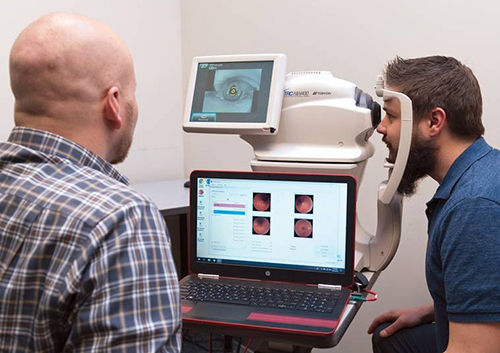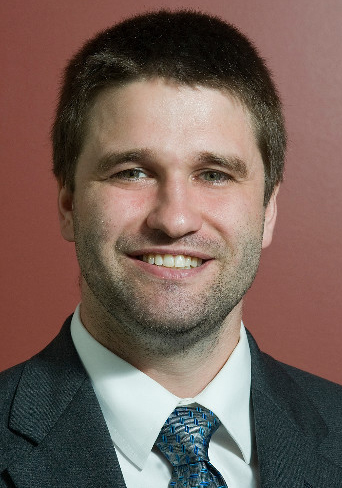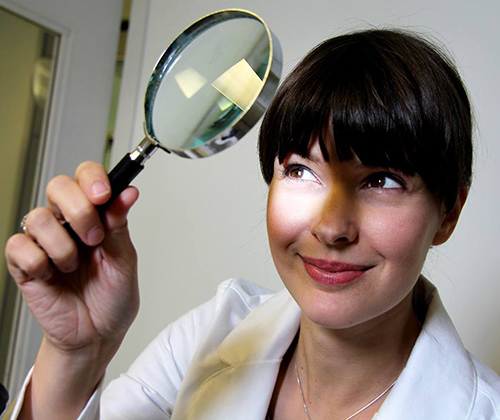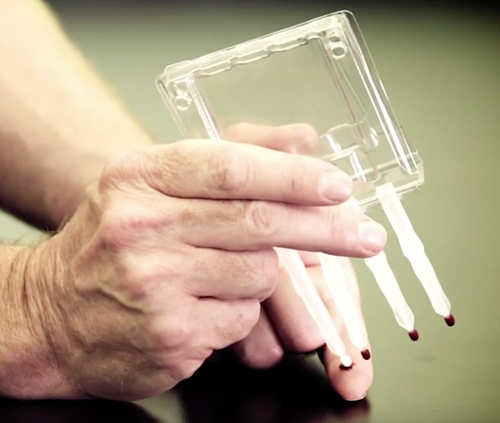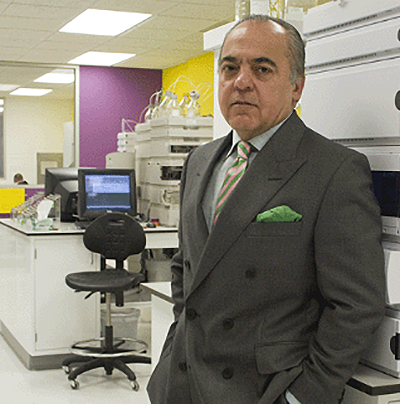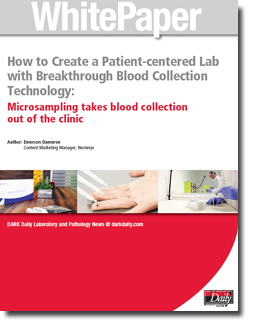UnitedHealth Group to Launch Electronic Health Records Platform in 2019; Will It Guide Physicians to Preferred Clinical Laboratory Providers?
Leveraging the user base of its existing Rally mobile wellness platform, UnitedHealth Group plans to expand its new electronic health records system to 50 million benefited members and one million healthcare providers by the end of 2019
Before the end of 2019, UnitedHealth Group plans to introduce an electronic health records (EHR) system that it developed internally. It has a ready market for such a system because of its 50 million beneficiaries and one million providers. But this EHR may raise interesting questions for the clinical laboratory industry if it is designed to guide physicians to UnitedHealth’s preferred clinical laboratories when they use the EHR to order lab tests.
According to Healthcare Dive, UnitedHealth Group (NYSE:UNH) CEO David Wichmann announced plans to roll out a “fully individualized, fully portable” EHR platform in 2019 by leveraging Rally, their existing mobile wellness platform, during their third-quarter earnings call in October. With 20 million registered users already using Rally, this could encourage adoption and use of the new EHR among UnitedHealth Group’s 50 million fully benefited members.
UHC’s IHR Complements EHR Systems
Exact details of the platform’s capabilities are still unclear. However, additional information from a November 27 investors conference indicates that the new platform might function more like Apple’s approach to personal health records (PHRs) and less like a traditional EHR. (See Dark Daily, “Apple’s Update of Its Mobile Health App Consolidates Data from Multiple EHRs and Makes It Easier to Push Clinical Laboratory Data to Patients,” March 21, 2018.)
“UnitedHealth executives offered a few more details on Tuesday, leaving the impression that the new IHR [individual health record] would complement, not replace, existing EHRs,” noted FierceHealthcare in their coverage of the conference.
Coverage from Forbes indicates the UnitedHealth IHR will be available to both patients and healthcare providers, with UnitedHealth Group predicting usage by one million medical care providers by the end of 2019.

“A traditional electronic medical record focuses largely on streamlining internal business processes for facilities and medical groups,” Steve Nelson, CEO of UnitedHealthcare (UHC), explained during the conference. “But the IHR connects numerous EMRs, creating a unified and secure source of truth for both consumers and care providers, and unlocking the value of data that is currently trapped in today’s fragmented healthcare system. That means consumers have a much more complete, personal picture of their health needs.” [Photo copyright: UnitedHealth Group/Business Insider.)
Connecting Data from Multiple EHRs to Provide a Big Picture Look at Care
Forbes quotes Nelson as saying, “[The new IHR] also empowers care providers with connected, credible information at the point of care by enabling them to see a patient’s interactions with other clinicians.”
According to Healthcare Dive, Wichmann noted that the UNH health record platform would be “deeply personal” and suggest “best actions” gleaned from medical data. This would allow UnitedHealth to utilize the strong points of Optum—a UnitedHealth Group venture focused on providing health services and innovations—to leverage analytics capabilities aimed at both encouraging patients to take an active role in managing their health and finding the best providers in their area.
LabCorp, Quest Could Benefit from UnitedHealth’s IHR
FierceHealthcare also outlines other acquisitions made by UnitedHealth and Optum over the past 10 years that might play a role in the new system, including:
• Axolotl: a health information exchange provider bought in 2010;
• Picis: a health IT and analytics company bought in 2010;
• Humedica: a Boston-based analytics company bought in 2013; and,
• CentriHealth: developer of an individual health record system acquired in 2017.
In the medical laboratory market, this might also give LabCorp and Quest Diagnostics an inside track given their in-network status with UnitedHealth. However, the larger trend is that the new IHR stands to position UnitedHealth as the central point between patients, doctors, and the overall care experience.
“You might imagine what that could ultimately lead to in terms of continuing to develop a transaction flow between physicians and us and the consumer and us,” Wichmann told investors in their October earnings call, according to Healthcare Informatics. “And us being the custodian to try to drive better health outcomes for people, but also ensure that the highest level of quality is adhered to.”
According to Becker’s Hospital Review, the IHR system is already in testing at three accountable care organizations (ACOs) as of November 2018.
Helping Patients Manage Their Care
The information released in November supports a prediction referenced in Fierce Healthcare by Matt Guldin, a senior analyst at Chilmark Research, that UnitedHealth is focusing on an “Apple-type strategy” with their new platform. However, unlike Apple, UnitedHealth stands to directly benefit from providing a centralized hub of personal health information for consumers looking for ways to manage their care experience while keeping costs affordable in the face of rising premiums and deductibles.
Whether UnitedHealth’s new offering works to replace or supplement existing EHR platforms, their attempt to use data-driven technologies to both shape the healthcare process of benefited members and optimize costs by positioning the company as a middleman between patients and doctors highlights the importance of communicating value for medical laboratory services.
Having a major health insurer develop and launch an electronic health records system with some number of useful functions is one more example of the potential upheavals happening in healthcare today. It is the latest reminder that clinical laboratories and anatomic pathology groups must have a strategy to stay relevant in a medical marketplace that is being transformed by such technologies as the Internet-of-Things, big data, real-time analytics, and artificial intelligence (AI).
For almost 20 years, innovative clinical lab executives and pathologists have pointed out their respective laboratory organizations are information factories. Yet, as of 2019, only a handful of such medical labs have developed services that leverage their lab test data to convert it into actionable intelligence for physicians, patients, and payers—intelligence for which these labs can be paid. UnitedHealth’s plans for its EHR is the latest warning that it is timely for labs to develop informatics strategies that deliver value to the stakeholders they serve.
—Jon Stone
Related Information:
UnitedHealth to Launch ‘Fully Integrated’ EHR Next Year
EHR, PHR or Something In Between? UnitedHealth’s Tech Venture Prompts Skepticism and Intrigue
UnitedHealth to Roll Out Individual Health Record, Predicts What It Will Look like in 10 Years
UnitedHealth to Launch New EHR Service by End of 2019
UnitedHealth Grows Q3 Revenue, Eyes 2019 Expansion
UnitedHealth Plans to Roll Out a New EHR Offering for Consumers and Providers by the End of 2019
UnitedHealth to Debut EHR in 2019: 8 Things to Know
UnitedHealth Group Plans to Unveil Health Record for Members, Providers in 2019
UnitedHealth’s EHR to Serve 50M Members in 2019
UnitedHealth Rolls Out Beta Individual Health Record to 3 ACOs, Touts Promising Early Results
UnitedHealth’s Individual EMR Tested at 3 ACOs, CEO Says
UnitedHealth Group: 50M to Access New Personal Health Record in 2019
Health Insurers Spending Big Dollars to Be Players in ‘Big Data’; Trend Has Implications for Clinical Pathology Laboratories



